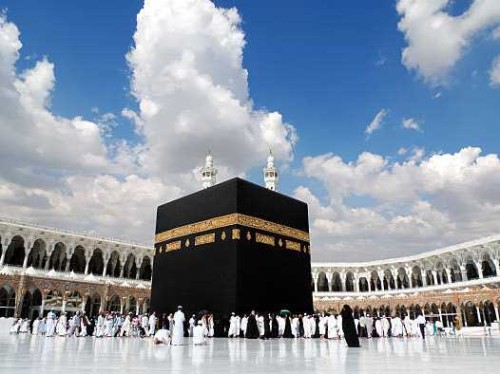DESTINATION DETAIL
Makkah
Details
📍 Location & Meaning of the Name
- Makkah (Mecca): The name is ancient and mentioned in
early Arab, biblical, and Islamic sources. Interpretations vary, but most
link it to meanings like “a place that draws in people” or “a
place of purity.”
- Located in western Saudi Arabia, in a valley surrounded by
mountains about 70 km inland from the Red Sea.
🏛 History
- Makkah has been inhabited for thousands of years; Islamic tradition
traces its importance to Prophet Ibrahim (Abraham) and his son Ismail
(Ishmael), who raised the Kaaba as a house of worship to Allah.
- By the 6th century CE, Makkah was a thriving caravan trade center
and religious hub for Arabian tribes.
- In 610 CE, Prophet Muhammad (peace be upon him) received the
first revelation of the Qur’an near Makkah, marking the birth of Islam.
- The city was later liberated by the Prophet in 630 CE,
becoming the permanent spiritual heart of Islam.
- Since then, Makkah has remained the site of the Hajj pilgrimage
and is the most sacred place for Muslims worldwide.
🌤 Weather & Climate
- Makkah has a hot desert climate (BWh).
- Summers: very hot, often above 40 °C.
- Winters: mild, around 20–30 °C.
- Rain is infrequent but can come in short heavy showers.
- Best time to visit (outside Hajj): November to March.
👥 People & Culture
- Population: about 2 million permanent residents, but during Hajj
it hosts more than 2–3 million pilgrims at once, making it one of
the largest annual gatherings in the world.
- People are a mix of native Makkans, other Saudis, and
expatriates from across the Muslim world.
- The culture is deeply Islamic, with hospitality, modesty,
and spirituality central to daily life.
🏞 Best Places to Visit
- Masjid al-Haram (Grand Mosque) – the
world’s largest mosque, home to the Kaaba.
- Kaaba – the sacred cube-shaped structure
Muslims face in prayer.
- Mount Safa and Mount Marwah –
sites of the ritual walk (Sa’i) recalling Hajar’s search for water.
- Zamzam Well – sacred water source inside Masjid
al-Haram.
- Jabal al-Nour – mountain housing the Cave of Hira,
where the Prophet received the first revelation.
- Jabal Thawr – cave where the Prophet and Abu Bakr
sought refuge during migration.
- Makkah Museum – showcases Islamic history, artifacts,
and heritage.
🍽 Food
- Popular dishes include Kabsa (spiced rice with meat), Saleeg
(creamy rice dish), and Mutabbaq (stuffed pancake).
- Pilgrims enjoy a wide mix of international cuisines reflecting the
global Muslim community.
- Dates, Arabic coffee, and street foods near the Haram are cultural
staples.
🎭 What It Offers Tourists
- Religious tourism: Hajj
(once in a lifetime obligation for Muslims who are able) and Umrah
(shorter pilgrimage, open year-round).
- Spiritual enrichment:
visiting historic Islamic sites linked to the Prophet’s life.
- Cultural diversity:
experiencing a blend of traditions from Muslim pilgrims worldwide.
- Modern comforts: luxury hotels, shopping centers, and
facilities around the Haram designed to host millions of visitors.
👉 Makkah is not a general tourist destination; entry is restricted
to Muslims only. For Muslims, it is the spiritual epicenter of faith and
unity, offering an unparalleled blend of history, devotion, and global
cultural exchange.
×





